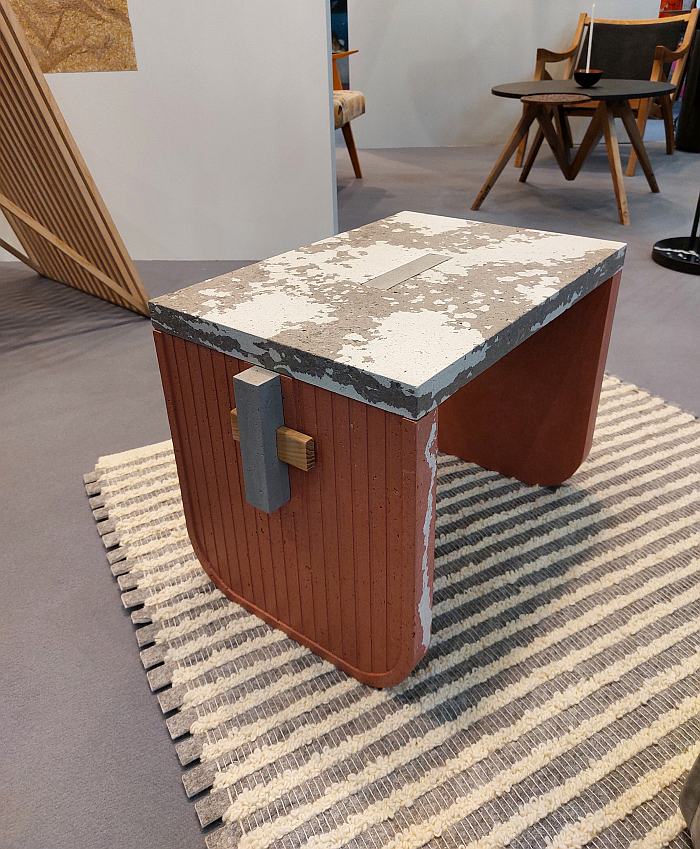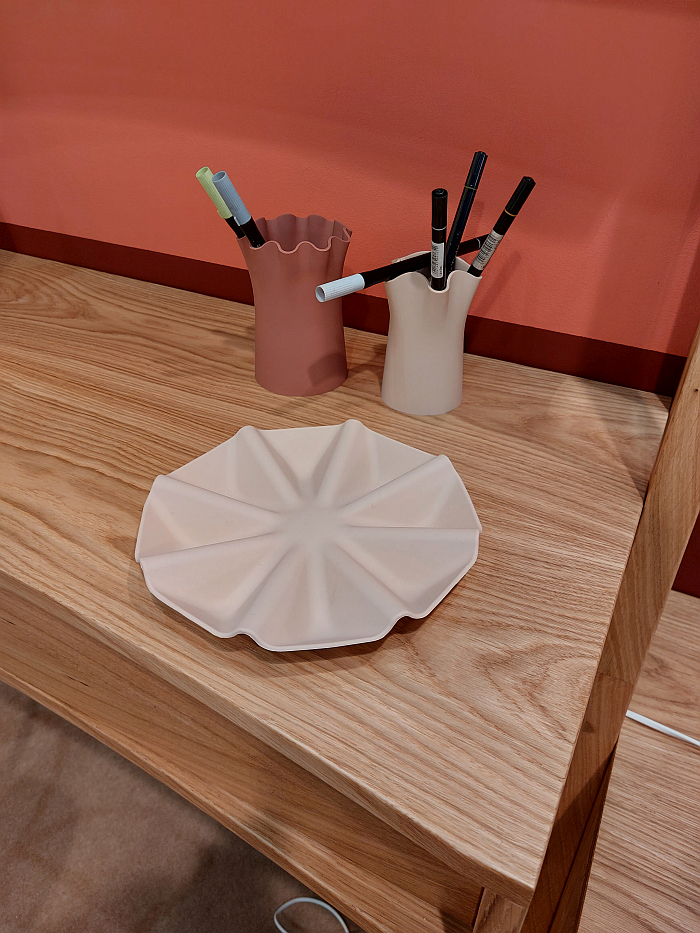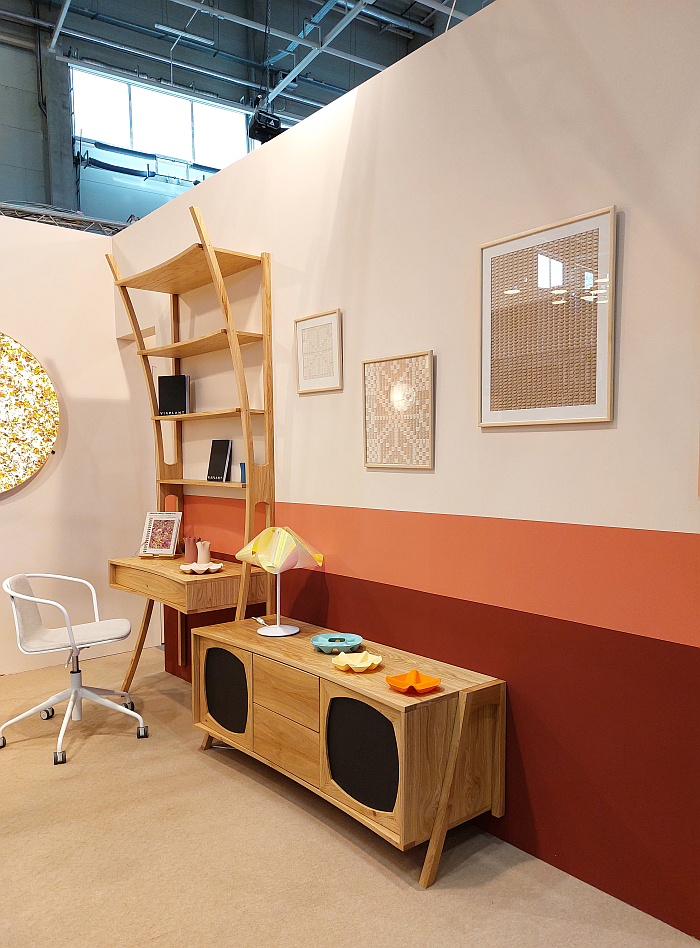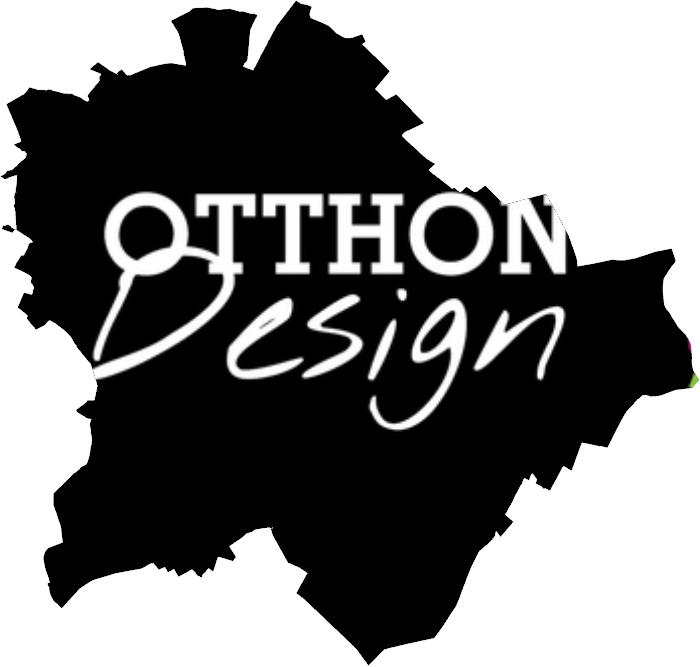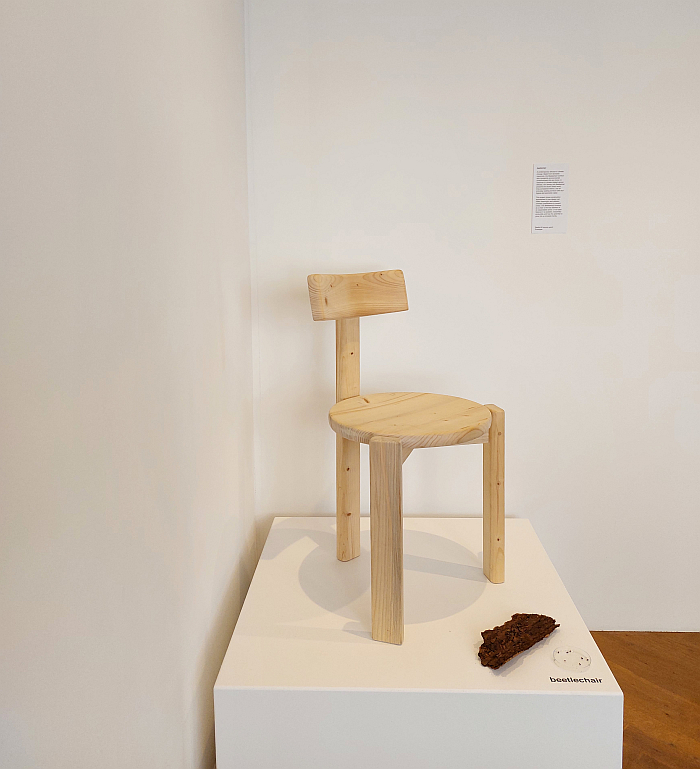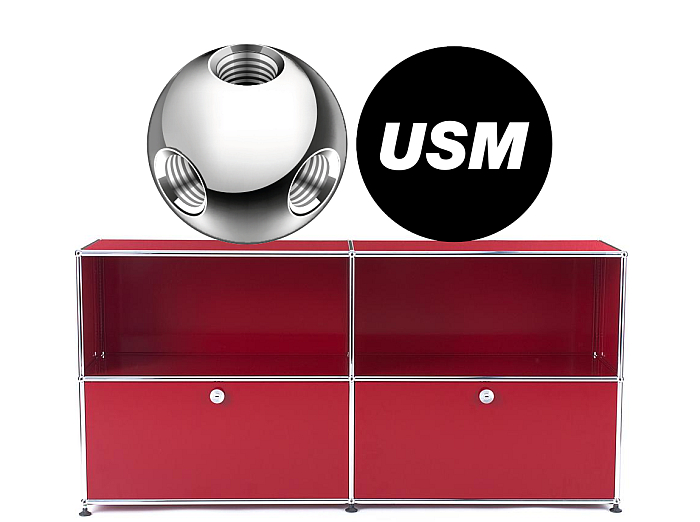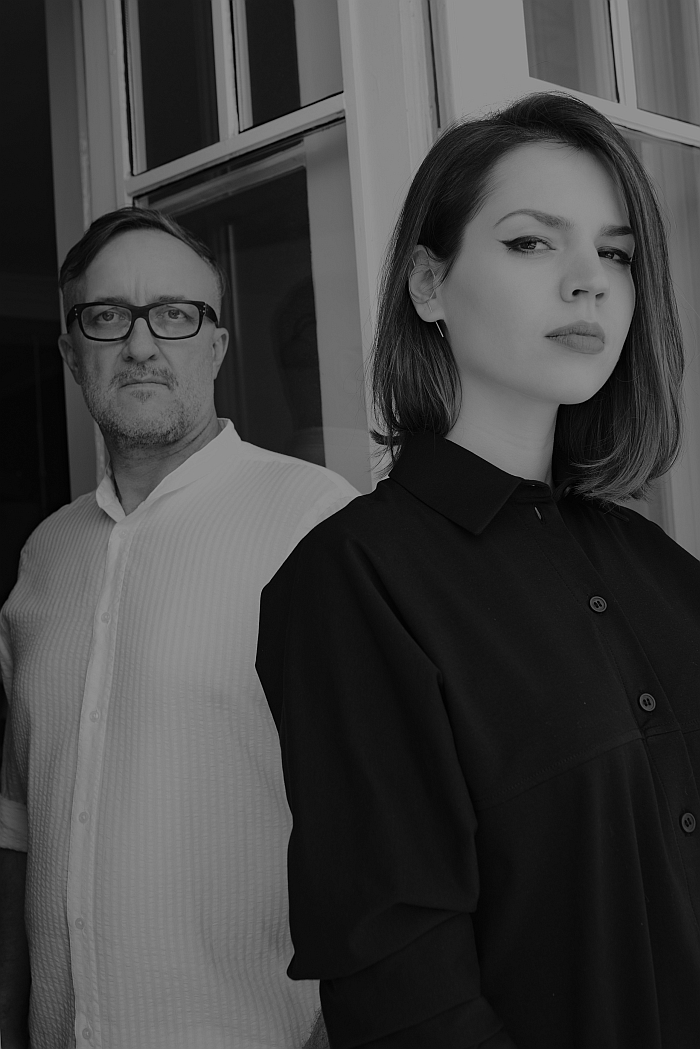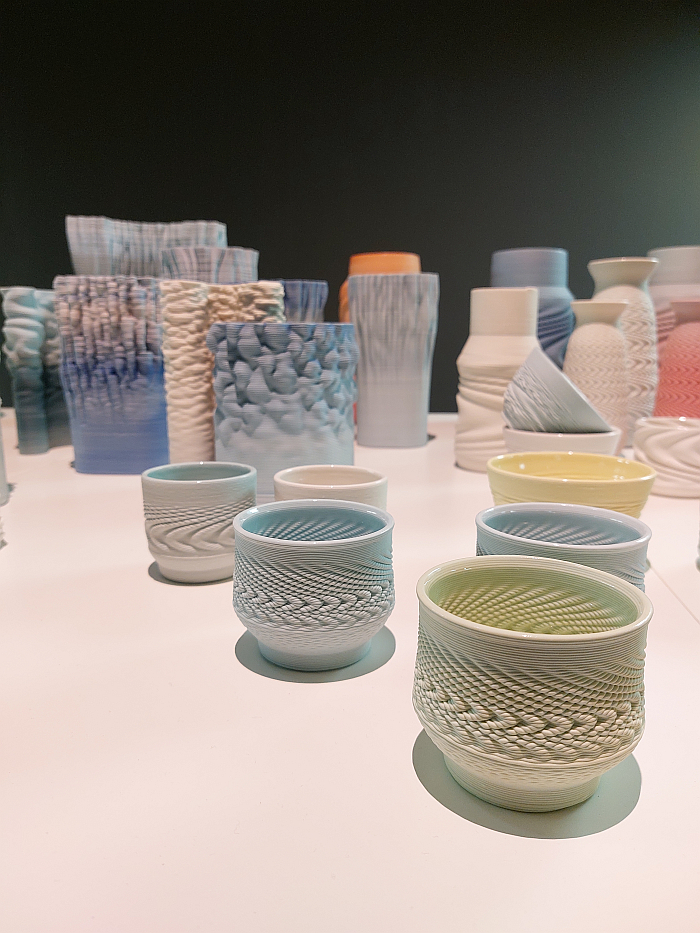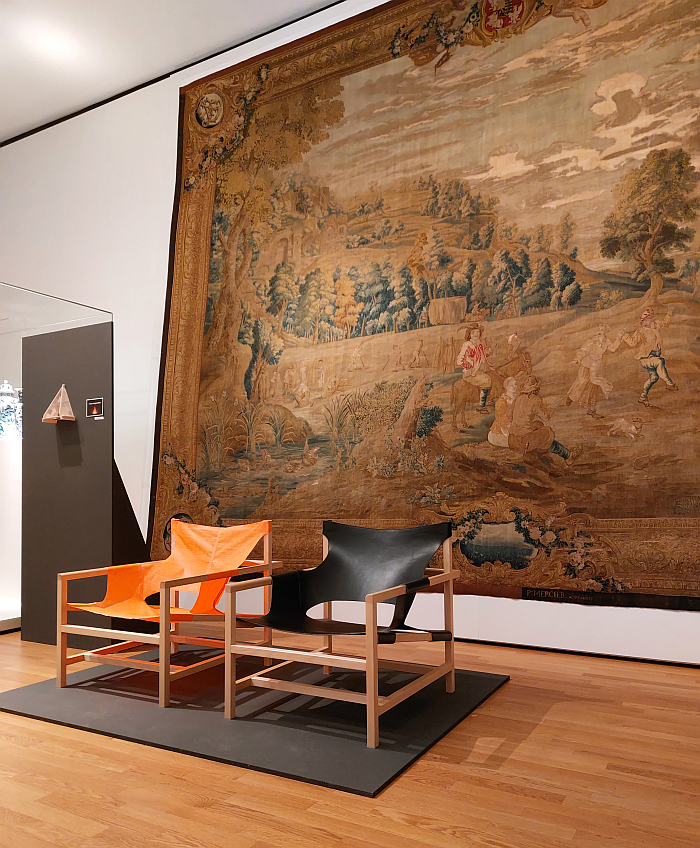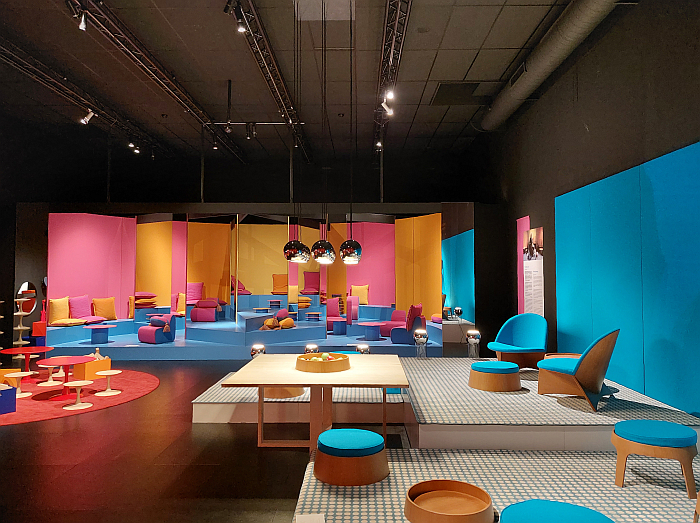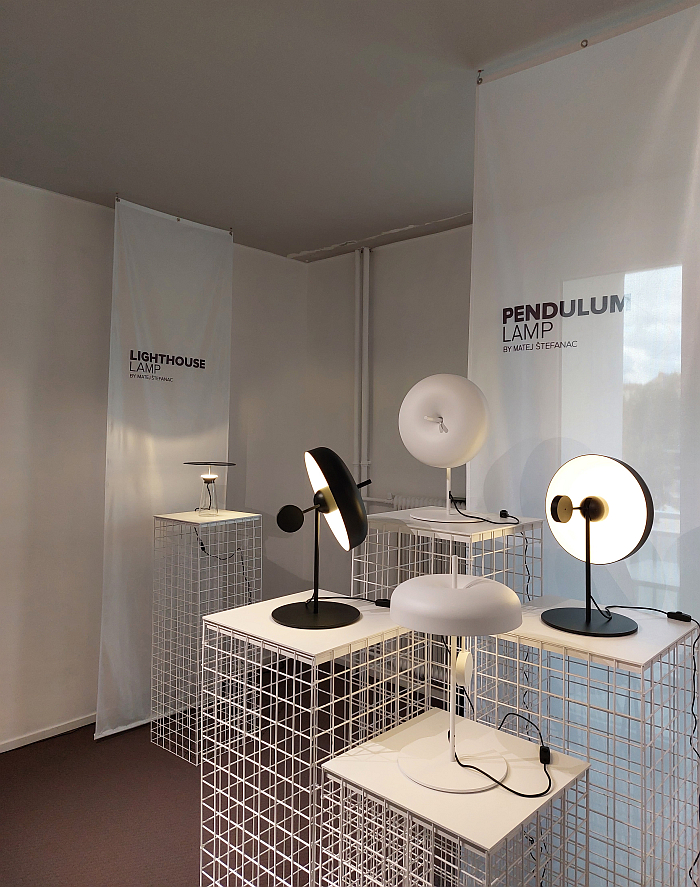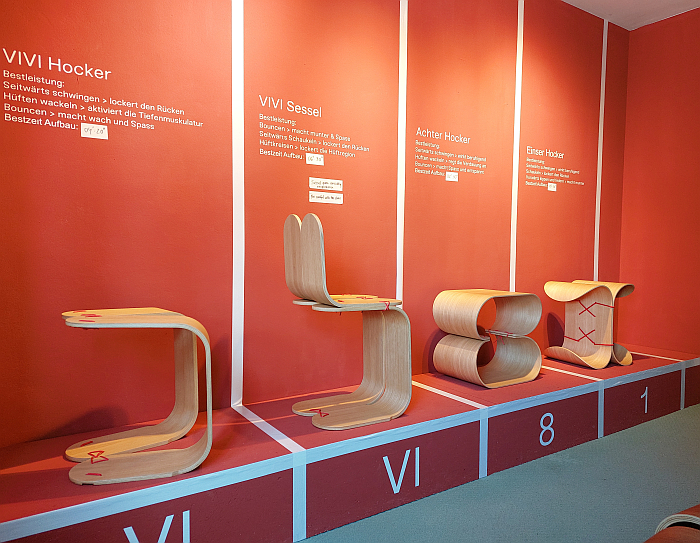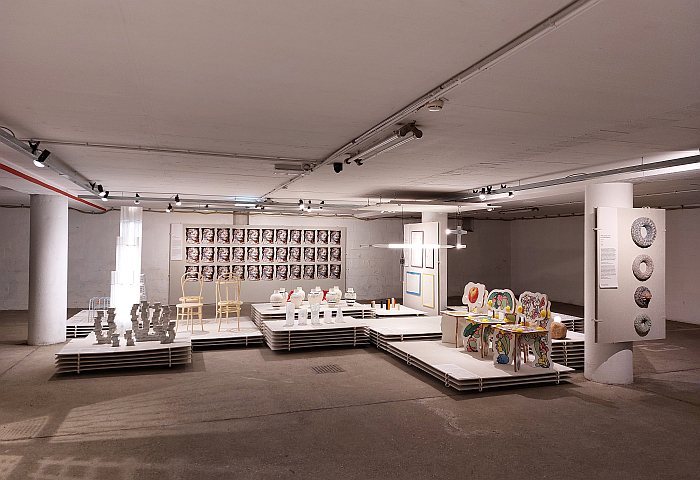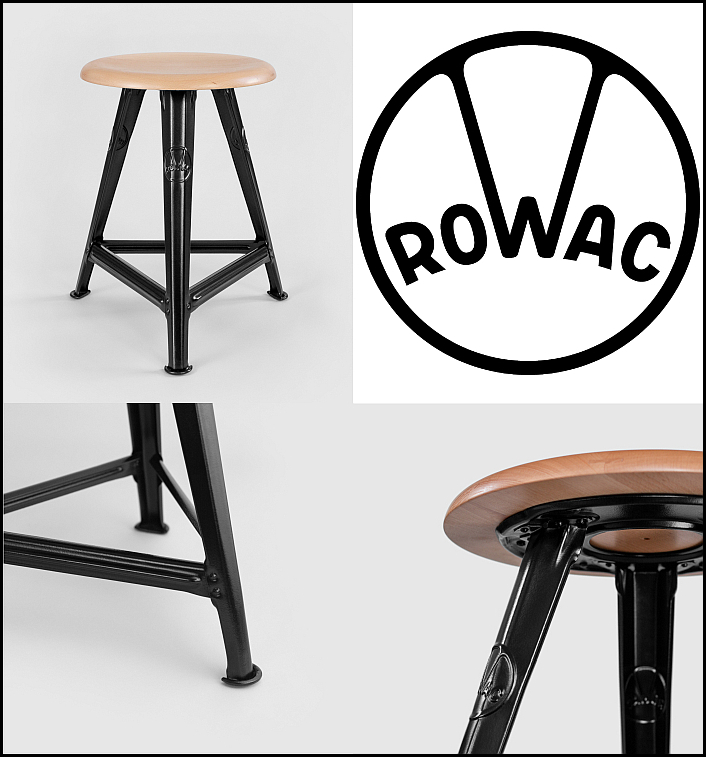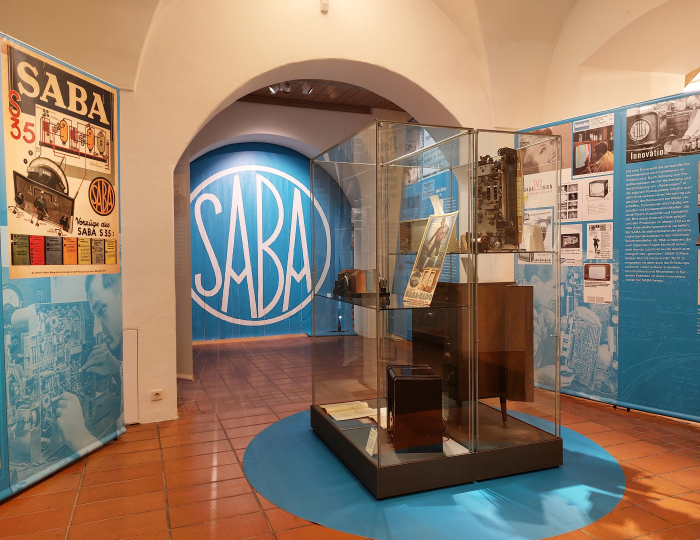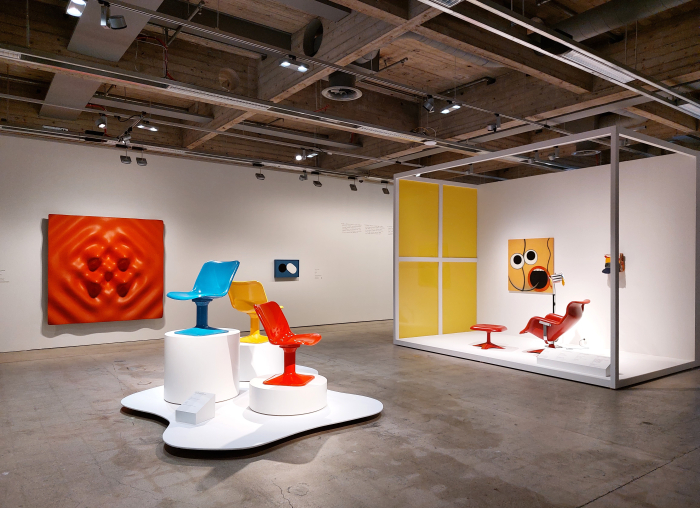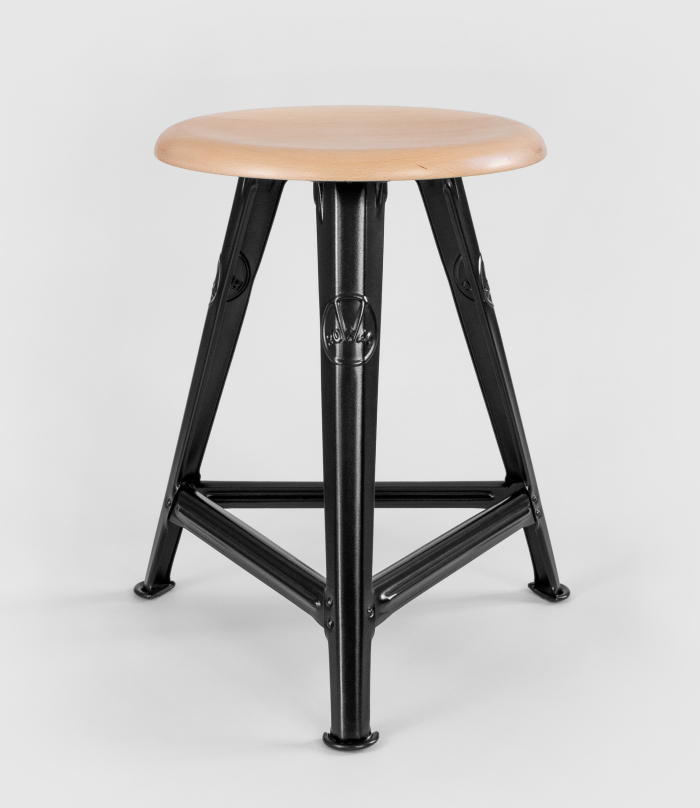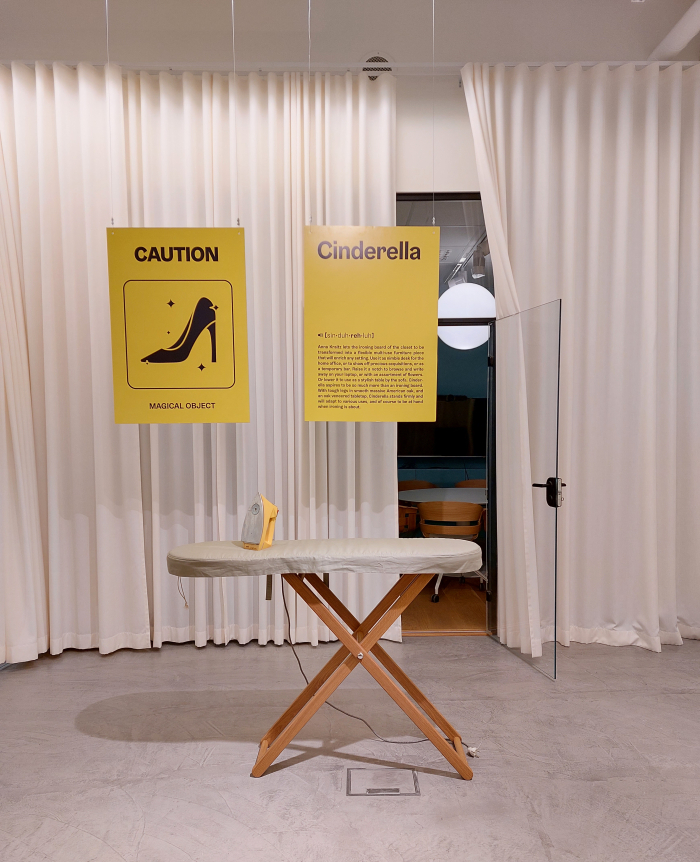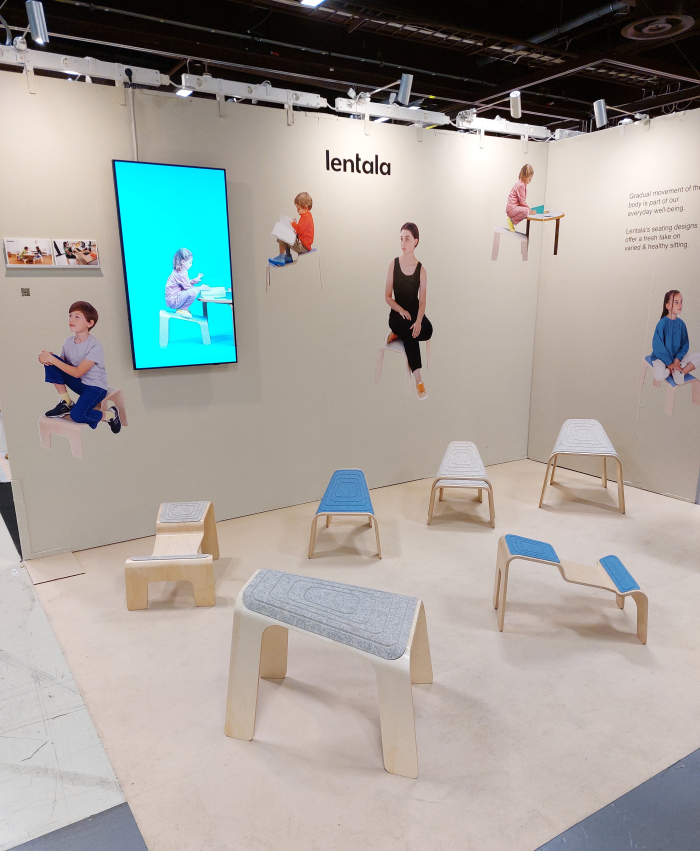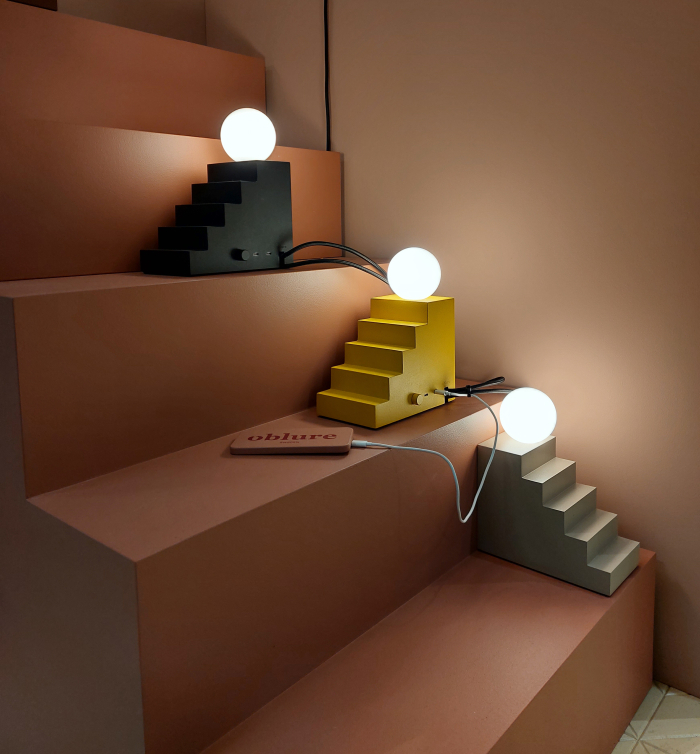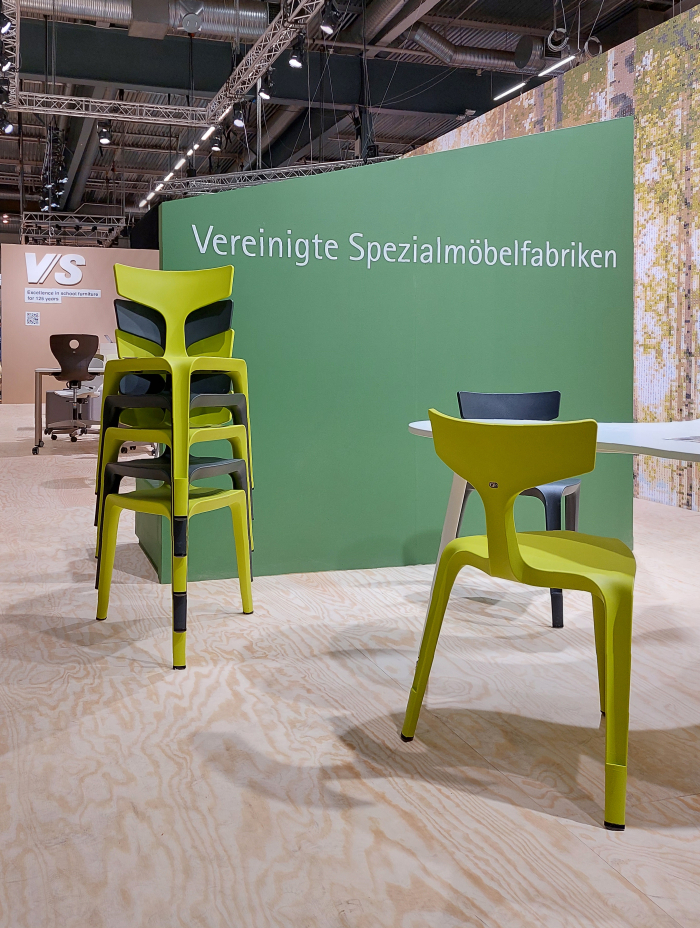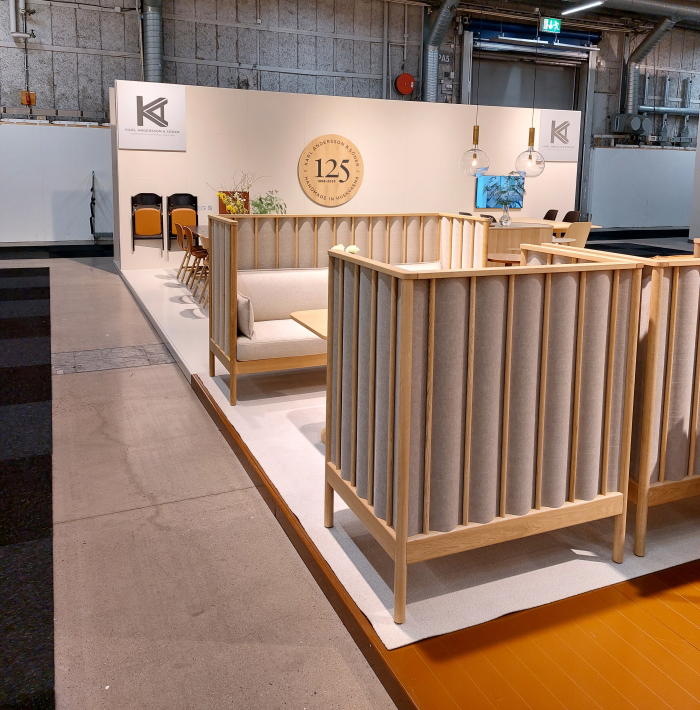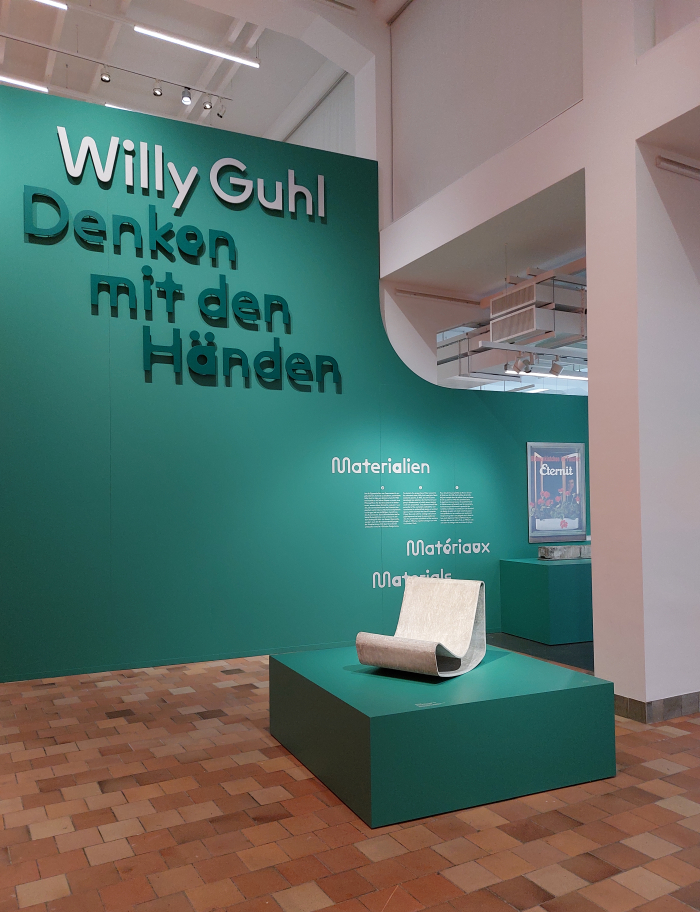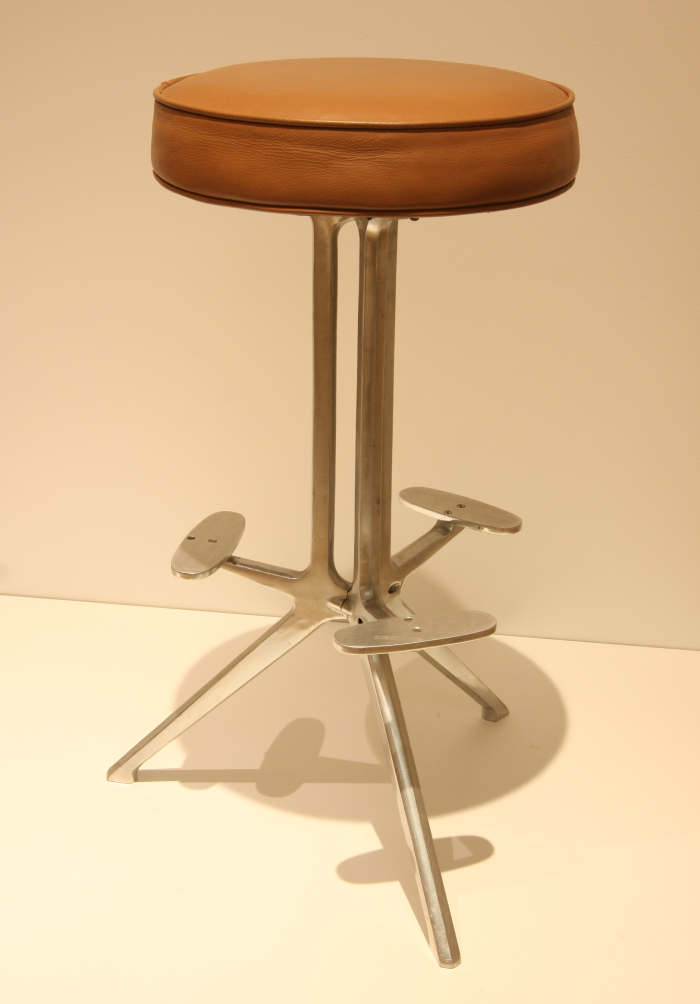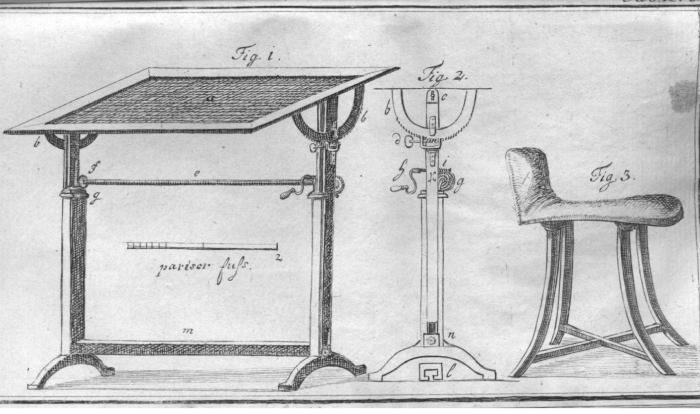Category: Product
Otthon Design Budapest 2024 Compact: Bold Collection by András Kerékgyártó for Brave Home
smow Blog Interview: Line and Round – It is a bit of a mission impossible to try to make a career as a furniture designer in Hungary
Line and Round, I O, was established in Budapest in 2017 by Annabella Hevesi, a Masters graduate from the Moholy-Nagy University of Art and Design and Gábor Bella, a Masters graduate from the “School of Life”, with a background in carpentry and numerous years experience in a variety of construction/interior/design fields, including the creation, development and realisation of escape room games, a concept that enjoys a particular popularity in Hungary, and in which context Annabella and Gábor met and began their professional cooperation.
A cooperation that in the six years since it has been staged as Line and Round has seen Annabella and Gábor develop and realise a variety of interior and furniture design projects including, for example, the creation of a locker room and press conference space for the Sopron Basket basketball team, numerous hotel and private interior projects, and the Burnt Geometry collection, Line and Round’s first self-initiated furniture collection, and part of that presentation at the 2023 Grassimesse, Leipzig, that saw Line and Round win the inaugural smow-Designpreis, or more accurately co-win the inaugural smow-Designpreis alongside Nürnberg based glassmaker Cornelius Réer.
Following their success in Leipzig we caught up Annabella and Gábor, virtually, online, to chat about their work, approaches and the realities of life as designers in the contemporary Hungary, but began by asking how Line and Round came to be, how Line and Round liberated itself from the escape room game industry…….
Nanna Ditzel. Taking Design to New Heights at Trapholt, Kolding
“Something is happening to the way people live” opined Nanna Ditzel in 1961; changing realities which caused her to reflect that, in terms of our furniture and interiors, “don’t we carry around a whole load of stuff that is old and defunct – and could actually be different.”1
With the exhibition Nanna Ditzel. Taking Design to New Heights, Trapholt, Kolding, explore how Nanna Ditzel approached and understood and realised that “different”…….
Vienna Design Week 2023: Fokus – The Series
There is an argument to be made that while variation and uniqueness are inherent features of craft processes, design strives for the production of endless uniformity.
Or perhaps more accurately design did: while the earliest design practitioners, and those of the 1920s and 1930s who followed them, very much (largely) sought to develop products that contemporary industry could produce en mass as exact replicas of one another, since the 1960s individuals and groups of designers have sought to move away from the design of the identical for a society that is diverse; have sought to develop either systems that allow for individual expression and individual adaptation and/or to develop production processes that inherently and intrinsically enable and foster and realise variety without fundamentally questioning the idea of industrial multiplication and reproduction.
With the showcase The Series Vienna Design Week 2023 allows space for reflections on approaches by contemporary designers to designing for variety, and thereby also for differentiated reflections on contemporary design…….
Mythos SABA – Memories of a Global Company at the Franziskanermuseum, Villingen-Schwenningen
For all that the Schwarzwald is popularly known for its cuckoo clocks, as Mythos SABA – Memories of a Global Company at the Franziskanermuseum, Villingen-Schwenningen, helps elucidate, such aren’t the only noise emitting precision technical objects, nor indeed the only harmonies, rhythms, melodies and metres, associated with the (hi)story of, and the cultural contribution of, the Schwarzwald.
If alternative noise emitting precision technical objects and alternative harmonies, rhythms, melodies and metres that are all too often masked by the call of the cuckoo.
And also an elucidation, an enunciation, of the alternatives by the Franziskanermuseum that begins, somewhat inevitably, with clocks…….
Yrjö Kukkapuro – Magic Room at Espoo Museum of Modern Art, EMMA
“My work was… How would I put it?”, asks Yrjö Kukkapuro.
“Constant contemplation” he answers.1
With the exhibition Yrjö Kukkapuro – Magic Room Espoo Museum of Modern Art, EMMA, invite us all to contemplate on Yrjö Kukkapuro’s contemplations…….
(smow) introducing: Rowac
The return of an old favourite, and no not (smow) introducing, although Welcome Back!!!, but the Rowac-Schemel, the Rowac stool, a work initially launched in 1909 as one of the world’s first sheet steel furniture objects, a work that once graced not only innumerable industrial workshops, craft ateliers and educational institutes, but the workshops and ateliers at Bauhauses Weimar and Dessau, a work that became lost in the confusions of post-War eastern Germany.
A work returning in 2023, some 80 years after production ended: and that from and in its native Chemnitz.
And via a Kickstarter crowdfunding project.
To find out more we caught up with Alide and Dieter Amick from Rowac…….
Stockholm Design Week 2023 Compact: Cinderella by Anna Kraitz for Design House Stockholm
When is an ironing board, not an ironing board?
When it’s Cinderella by Anna Kraitz for Design House Stockholm.
Stockholm Furniture Fair 2023: Say Hej! to… Ondulé by Anton Björsing for Karl Andersson & Söner
Willy Guhl. Thinking with Your Hands at the Museum für Gestaltung, Zürich
The Swiss Design Lounge on the first floor of the Museum für Gestaltung, Zürich, is home to selected works by the good and great of 20th and 21st century Swiss furniture, lighting and textile design, including, and amongst many others, Bruno Rey, Ubald Klug, Hans Eichenberger or Susi and Ueli Berger, works which not only stand in discourse with one another but also actively invite visitors to try them out, to spend time with them, to get to know them; and while you are, and while you enjoy yourself, while your making new friends, from outside, works by Willy Guhl, thick with the lichen and moss that rolling stones don’t gather, gaze through the windows on this scene of domestic harmony and mutual appreciation.
One could be forgiven for imagining that the scenography was in some way a comment on, a metaphor for, Willy Guhl’s place in the (hi)story of design: outside, on the periphery, faded by the merciless passage of time.
Viewing the Museum für Gestaltung, Zürich’s, exhibition Willy Guhl. Thinking with Your Hands, enables a differentiated perspective, on both Willy Guhl and on the Swiss Design Lounge…….
Lost Furniture Design Classics: La Fonda Bar Stool by Charles and Ray Eames
In 1959 Alexander Girard was commissioned to design the interior of the New York restaurant La Fonda del Sol, a commission for which Charles and Ray Eames designed the seating.
Yet whereas the La Fonda dining chair and La Fonda side chair are well-known, if currently out of production, components of the Eames’ canon, what of the La Fonda bar stool…….
#officetour Milestones – A chair “just high enough that one can sit half-standing”
“For men who have to write a lot, and over prolonged periods, a desk at which they can work standing up is an indispensable piece of furniture for altering their posture and for maintaining their health”, opined Journal der Moden in May 1786. An age when, famously, only men wrote.
Yet advantageous and positive as standing to write was, prolonged standing could, as Journal der Moden notes, lead to tiredness.
A solution was however at hand for all who preferred working at a standing height desk over a prolonged period: a chair, “or a so called donkey … on which one sits as if on a saddle, and which must be just high enough that one can sit half-standing…”1
A half-standing sitting solution whose nickname can be readily derived from the proposed sitting position.
And a half-standing sitting solution that for all it is thoroughly familiar today, was novel, one could almost argue revolutionary, and even enlightened, in 1786…….
